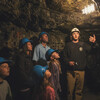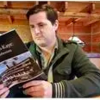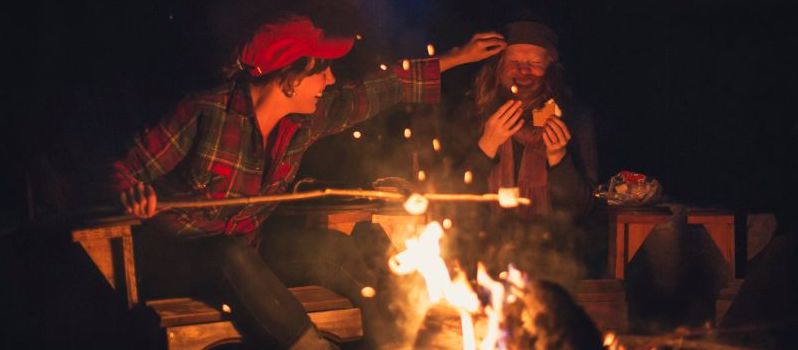Paranormal Places: Northeastern Ontario's Haunted Hotspots
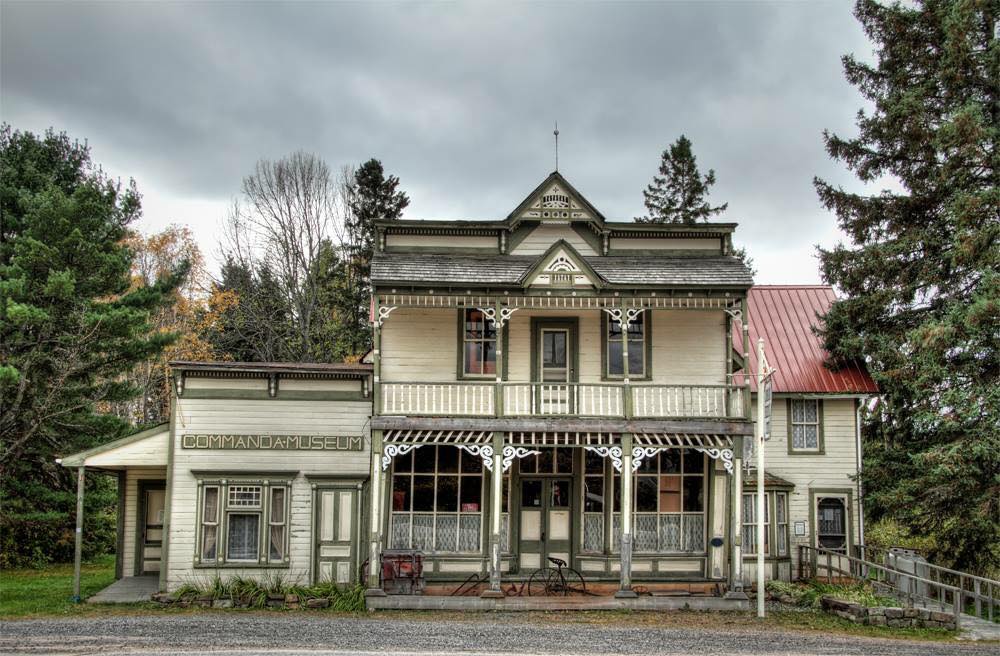
There are many sites across Northeastern Ontario that may seem innocuous during daylight hours, but which take on a darker, creepier taint once the sun dips below the horizon and shadows begin to stalk across the landscape. That’s when ghosts and ghouls crawl out from their graves to frighten the unwary. Or so legend goes.
Grab a blanket—perfect for pulling over your head—and discover the tales behind the region’s most notorious haunted locations. Then, plan a trip to explore these sites (and the region’s many ghost towns) for yourself.
If you dare.
Here are the spookiest, haunted places to visit in the Seven.
North Bay Museum and Downtown North Bay
Location: 100 Ferguson Street, North Bay

Whispers and shadows of the past linger in the city of North Bay, Ontario. Displeased with the tragic nature of their deaths, numerous spectral apparitions abide within any number of historic buildings, awaiting the perfect moment to emerge from the darkness to chill the living. Indeed, there are enough spine-chilling tales of horror that the North Bay Museum has developed a popular guided ghost tour that runs throughout the autumn witching season, introducing the public to the city’s spectral underbelly in a gripping fashion. Book your ghost tour tickets here.
The most spectrally active location on the tour is undoubtedly the stunning museum itself. People have long believed that melancholy spirits wandered throughout the building, perhaps bound to the building’s past as a CPR railway station. Many point to 1945 as the year in which these hauntings began. World War Two had finally ended and hundreds of thousands of young Canadian soldiers began returning to homes they hadn’t seen in as much as five years. One such soldier, suffering from the stress of war, detrained at the station and gazed around at a hometown he hadn’t seen in years. But instead of reuniting with the family that longed for his return headed for the station’s bathroom, pulled a revolver, and shot himself. The tragic soldier stained the train station—literally and figuratively—when he took his own life.
The museum is home to a remarkable collection of artifacts telling diverse stories, including that of the tragic paddlewheel steamboat John Fraser, which went down on Lake Nipissing in 1893. The vessel became the watery tomb for thirteen passengers and crew. Some believe that spirits came to the museum with these relics and may be responsible for some of the mysterious events.
After leaving the museum, the ghost tour leads out into the darkness of downtown North Bay. People begin to imagine lurking spirits in every shadow and find themselves unwittingly cringing in fright. Each of the highlighted buildings has a tale of terror and tragedy hidden within their walls. The Royal Theatre, for example, one of North Bay’s signature buildings since its construction in 1908, is believed to be haunted by a stagehand who mysteriously fell from the flies (the rigging used to raise scenery). He remains there today, long after the theatre closed and was repurposed for retail.
Not far away is the North Bay Courthouse, another popular stop on the tour. The current courthouse was built on the site of the original courthouse where five public hangings were performed, the last in 1954. The tormented spirits of these executed people now wander through the courthouse.
There is no tale better told than that of a restless spirit on a lonely haunt. What better way to learn some of North Bay’s rich history than with a ghost story that leaves you trembling with equal measures of fear and excitement? 60-minute tours run at 6 pm and 7 pm on Fridays through October. Book your haunted hike tour in Downtown North Bay today.
The Bunker Military Museum, Cobalt
Location: 24 Prospect Ave, Cobalt
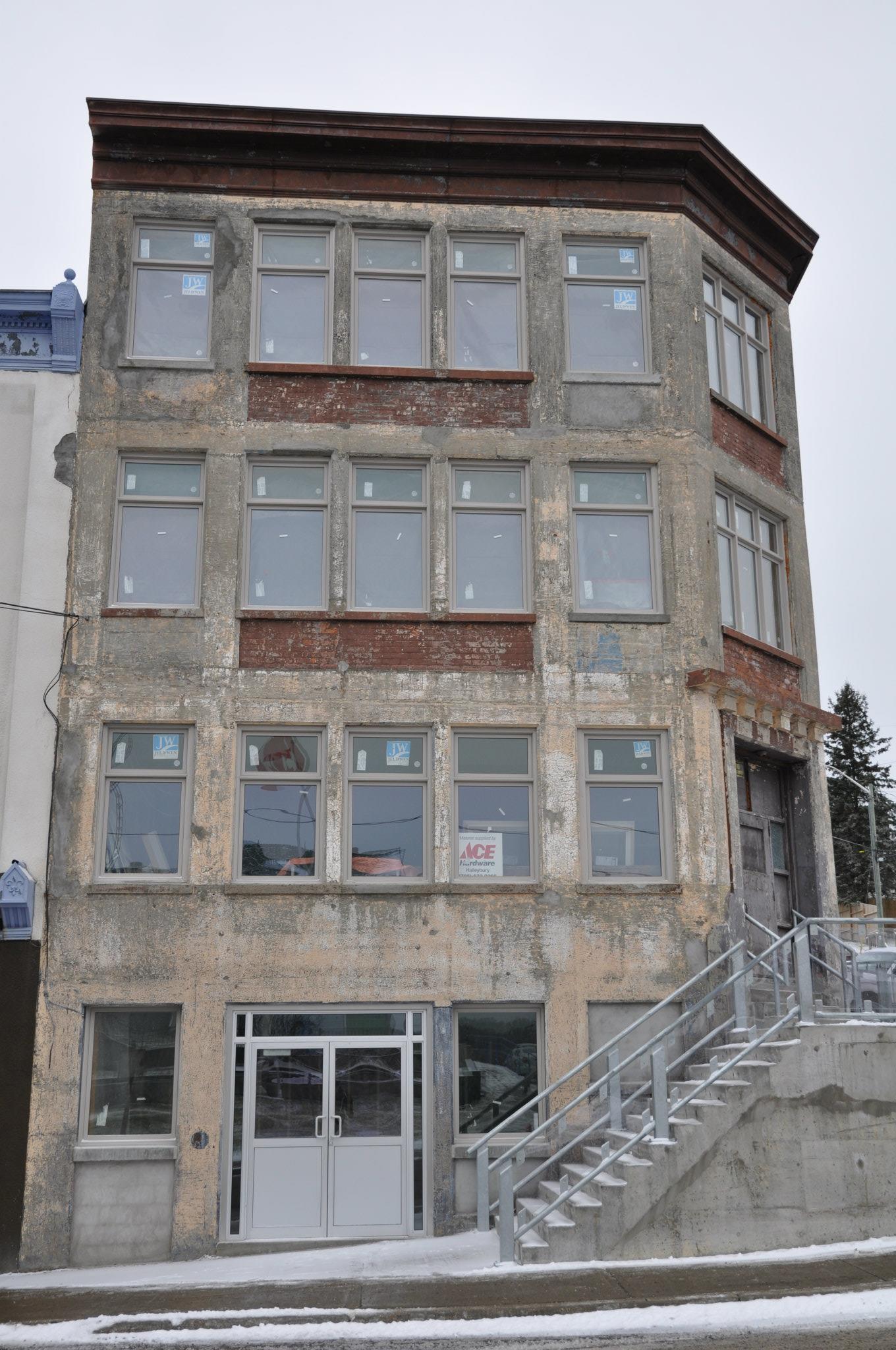
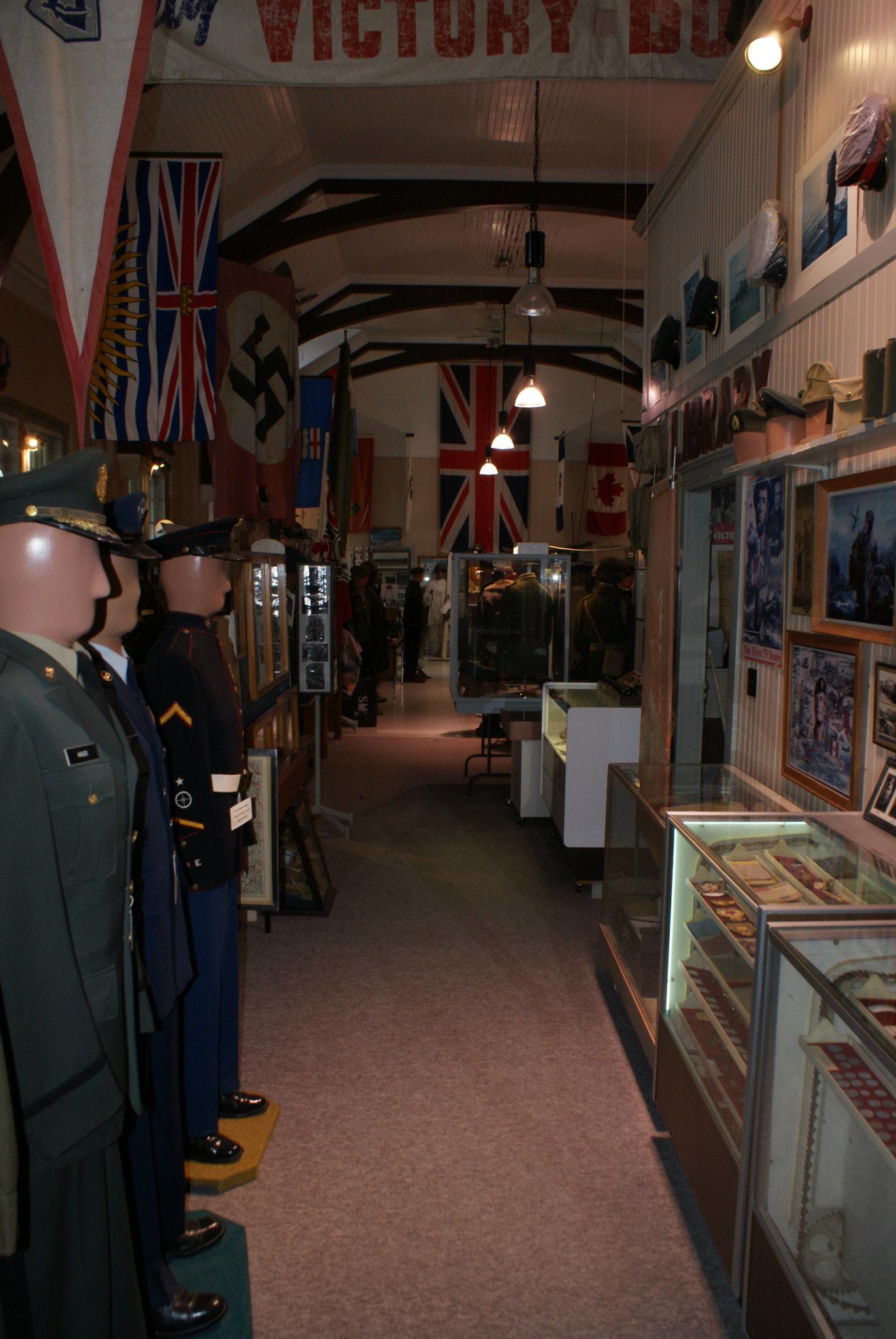
A dark shadow that startles the living, unexplained footsteps that echo through galleries, items that disappear, haunts—The Bunker Military Museum has seen it all, marking it as the most haunted location in historic Cobalt.
The museum is located within an imposing building dating to 1910. Originally it was a Royal Exchange Building, designed to facilitate the tracking and trading of the silver mined in town, and then it became a luxurious hotel patronized by wealthy mine owners when inspecting their holdings in town, foreign dignitaries, and well-known European theatrical performers. The Bunker Military Museum moved into the building’s basement in 2012, bringing with it a remarkable collection of artifacts dating from the Boer War to present-day conflicts.
There have been numerous spine-tingling episodes in the museum over the years. One time, a volunteer felt a tap on the top of her head. An icy chill suddenly seeped from her scalp down through her head and into her neck, causing her to grow numb with the cold. She turned around, expecting to see someone standing there. What she saw stunned her—a vaguely man-shaped shadow made of frosty vapours, like those that hang from your mouth on a frigid winter day. The misty spirit hovered in the air and for a single heartbeat, the woman knew the full meaning of terror. After a few horrifying moments, the wraith disappeared, as if carried away on an imperceptible breeze, leaving the woman shaking with fright and the unnatural cold.
The Bunker Military Museum, it seems, is as much a magnet for ghosts as it is for tourists.
Commanda Museum
Location: 4077 Hwy 522, Commanda
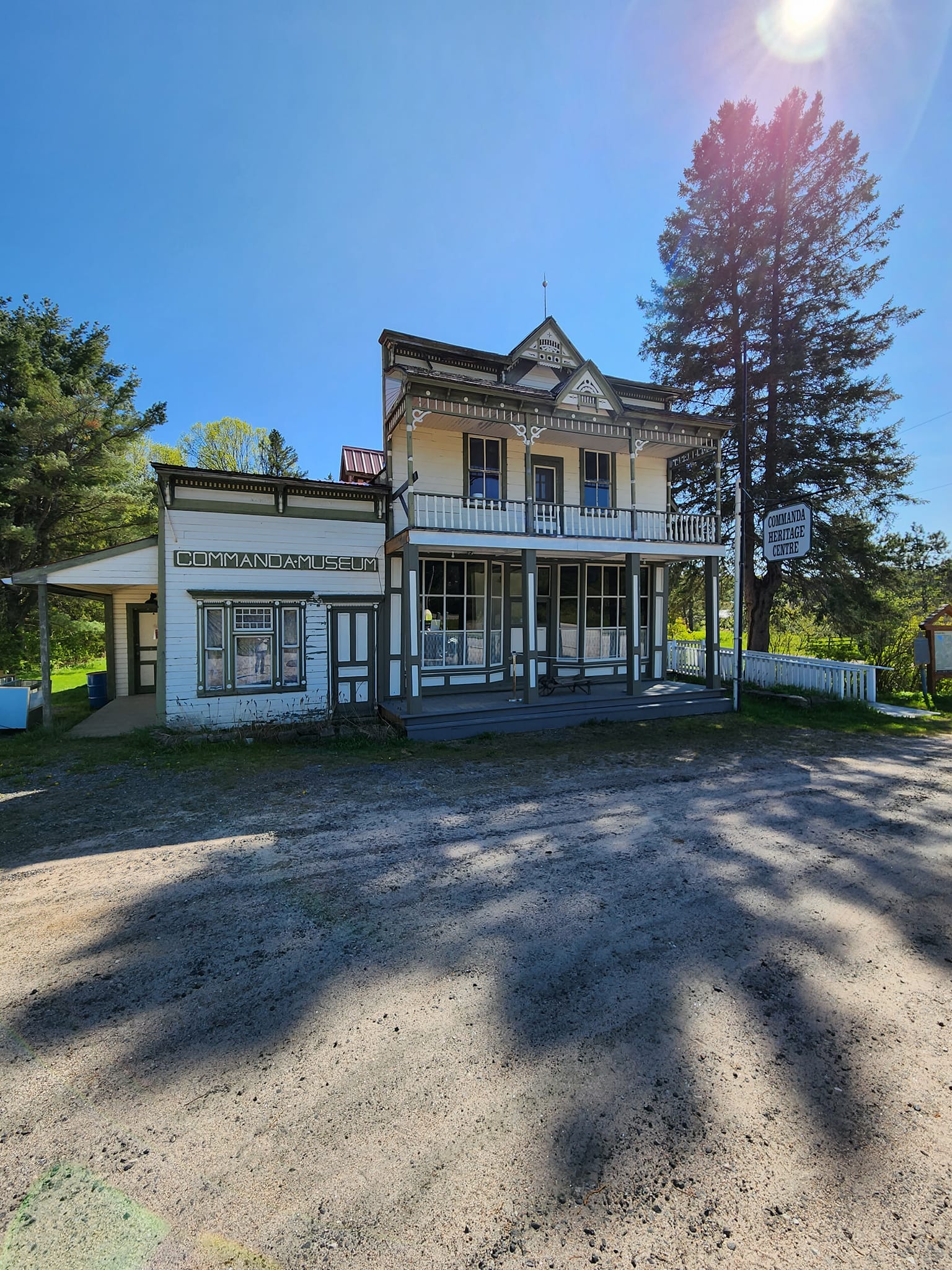
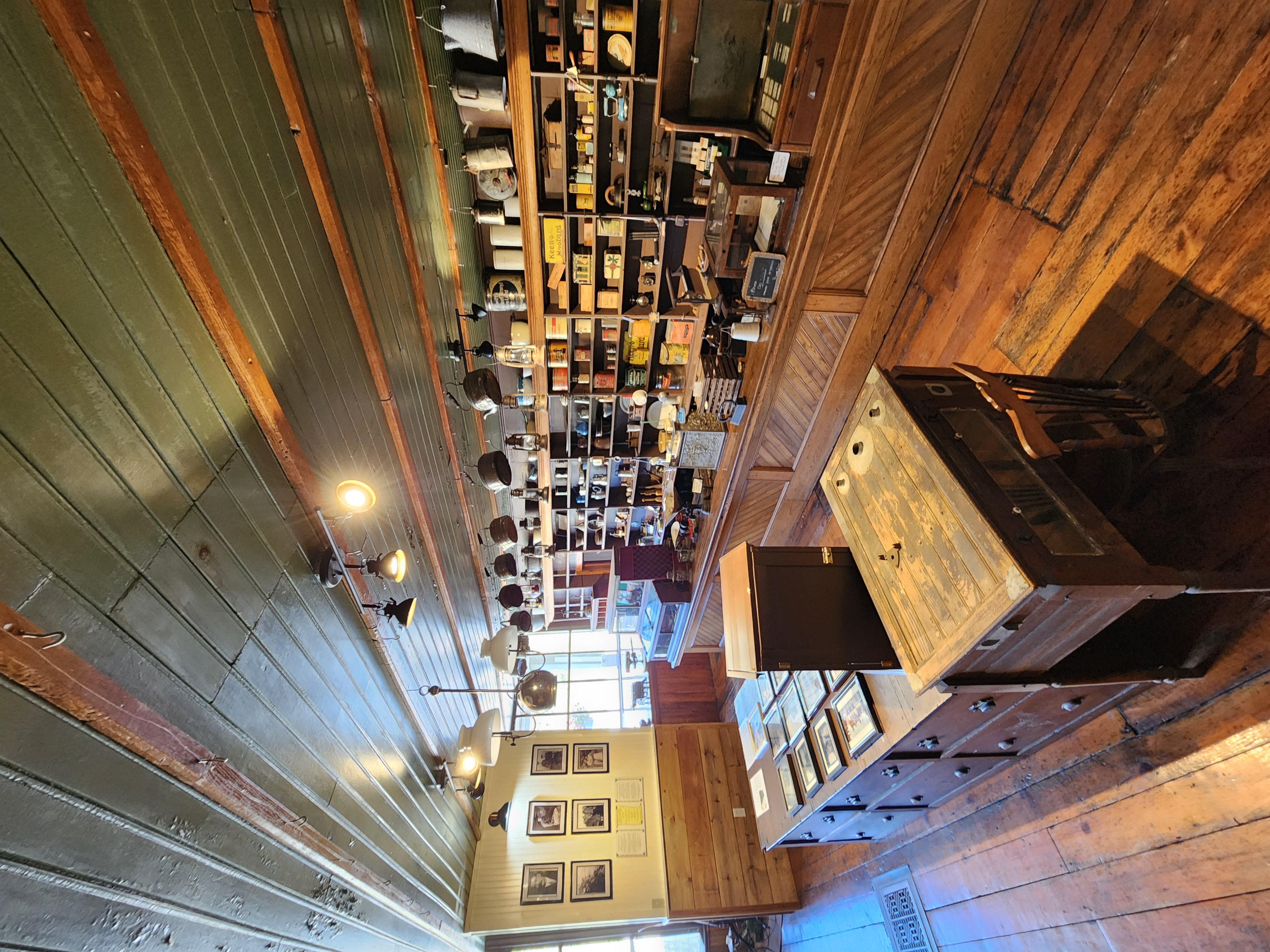
The Commanda Museum is frozen in time. The one-time general store is so perfectly preserved that its founder proprietors may remain within its walls, unaware that time has passed, keeping watch over their store.
Built by 19-year-old James Arthurs and his wife Elizabeth in 1885, the store was nestled amid what was then a thriving community, home to a gristmill, sawmill, hotel, blacksmith shop, and several churches. Intricate exterior woodwork reflected the community’s prosperity.
The Arthurs ran the store and its post office until 1906, by which time Commanda’s fortunes had taken a turn for the worse. James Arthurs would later enjoy a lengthy political career in the House of Commons and Senate from 1908 to 1935. Other owners came and went over the years until it closed in 1977. Restored by the Gurd and Area Historical Corporation, the store has served as a museum since 1981, preserving and interpreting not only its own history but that of the wider community.
The building and artifacts within aren’t the only leftovers from the store’s past. Some believe that James Arthurs still tends the shop. Staff have heard spectral footsteps and felt as if they were being watched. One volunteer, working in the museum alone at night, felt the distinct presence of someone looking over his shoulder as if inspecting his work. Staff also believe a ghost named Amelia may reside within the building. Mediums believe her spirit may be attached to one of the artifacts and came along when the item was donated.
Kiosk, Ontario
Location: Highway 630, Algonquin Park
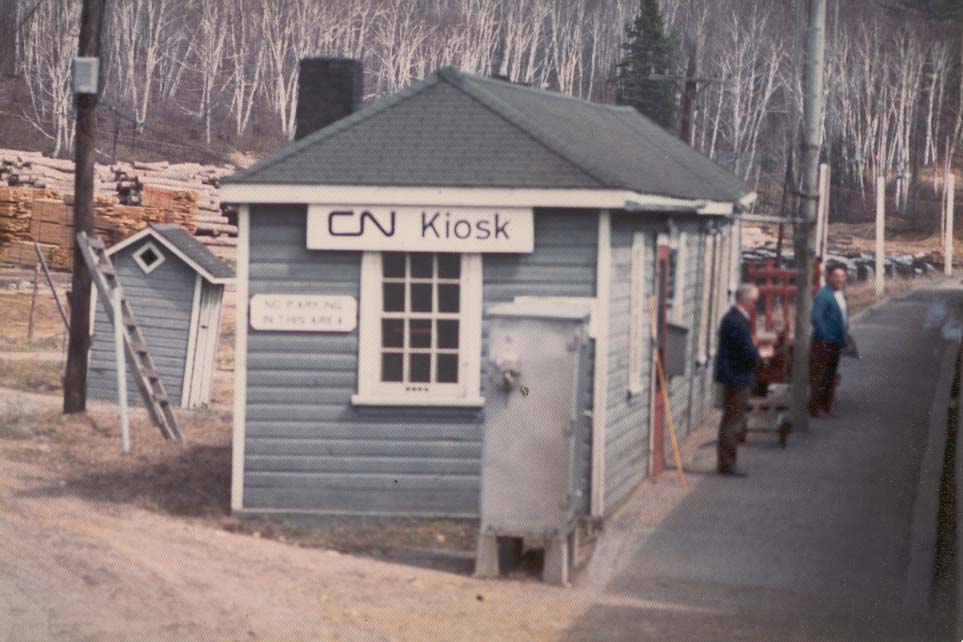
Kiosk was a sawmill town in northern Algonquin Park that thrived for half a century. At its zenith in the 1960s, Kiosk had a population of 600 and boasted a townsite of more than 80 buildings.
Then the Ontario government decided that the idea of a sawmilling town within the confines of Algonquin Park was incongruous with its role as a natural oasis. The Kiosk mill's license was not renewed, and its residents were given what amounted to eviction notices (they owned their homes but not the Crown Land they sat upon). The Ministry of Natural Resources was thorough in the cleansing of Kiosk from Algonquin Park.
The site is now a campground and canoe access point for backwoods excursions into the depths of Algonquin Park. Few campers have any idea that where they pitch their tents was once the site of the sprawling mill complex, or that the dirt pathways they follow through the woods were village streets not so very long ago. Little remains to remind them of the past, save for the railway right of way, some vague foundations hidden among the forest, and spectres of former inhabitants too stubborn to move on, government order be damned. Some campers have seen an orb glowing a cold blue hovering over the lake or dancing among the trees.
Lured by the sense of foreboding that some people claim to experience, filmmakers shot the 2016 movie The Witch here.
Bonus Haunted Spot: Sault St. Marie Canal, Sault Ste. Marie, Algoma Country
Location: 1 Canal Drive, Sault St. Marie
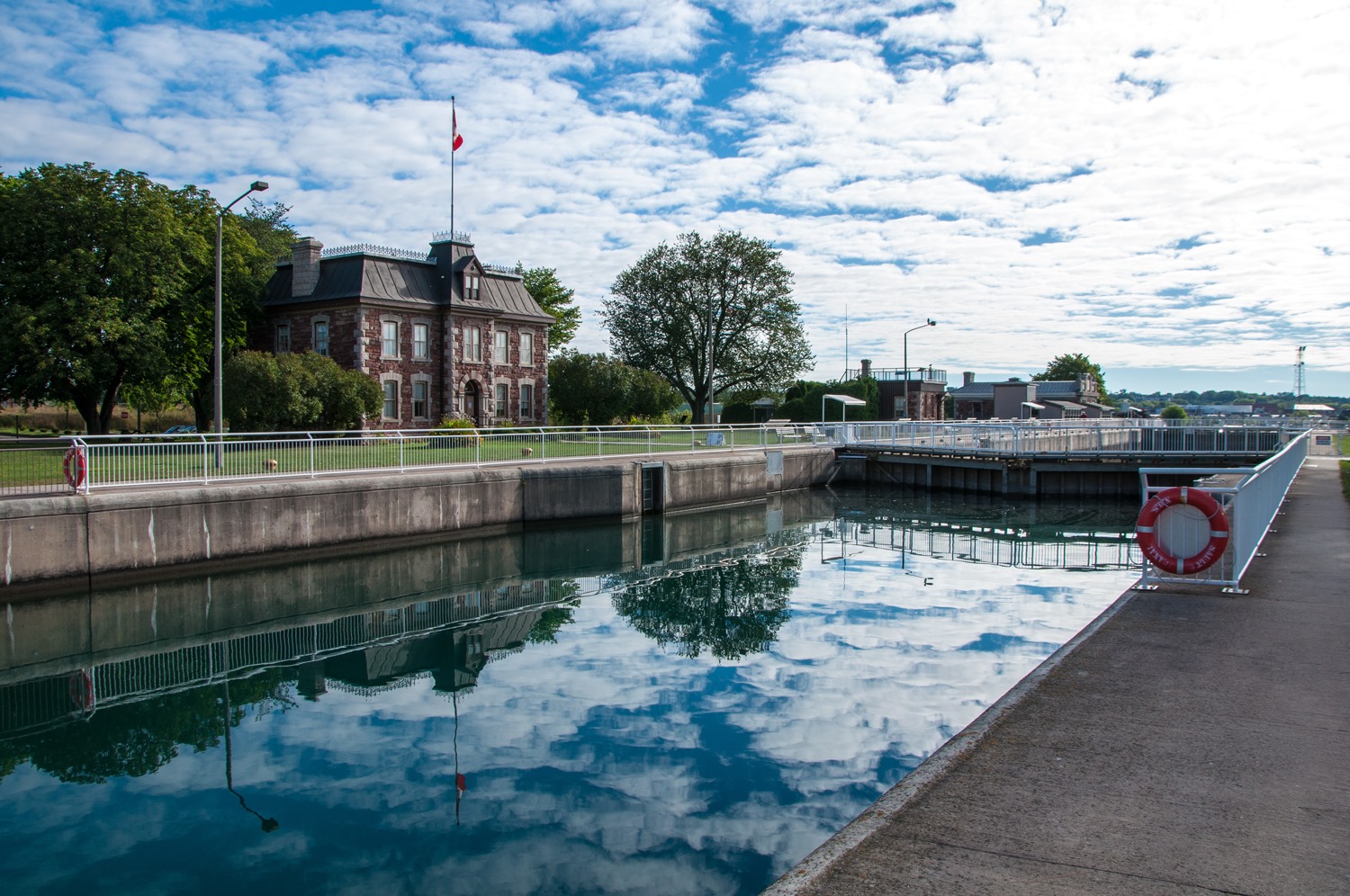
If you’re embarking on a road trip that takes you across Northeastern Ontario and into Algoma Country, be sure to check out this bonus haunted site in the northern city of Sault Ste. Marie.
When it opened in 1895, the Sault St. Marie Canal linking Lake Huron and Lake Superior was something of a technological wonder. Measuring 274 m long and 18 m wide, it was the world’s largest lock at the time and the first to run off its own power station. It represented the final piece of a system of waterways extending from Lake Superior in the west and the St. Lawrence River in the east and remains very much in use today.
The Canal was designated a National Historic Site in 1987. The designation extends to the complex of buildings that surround it, which include the 1897 Superintendent’s Residence, powerhouse, the Administration Building—built of red sandstone excavated during the construction of the canal—the Canalmen’s Shelter, and Stores Building.
The Superintendent’s Residence and Administration Building are both known as a hub of paranormal activity. The ghost of a young girl, in a frilly dress and with a cute-as-a-button smile, has been seen within both. Sometimes she giggles and disappears, other times she is a silent witness to a world that is no longer her own. Some have reported hearing a crying child, the sound so despondent that it rends the heart. Ghost hunters and lovers of the paranormal can visit, if they dare.
Recommended Articles
The Seven's Best Hikes, Biking Trails and Lakes

7 Best Spots to Check Out in The Seven

Budget Bliss: Explore Northeastern Ontario Without Breaking the Bank

Bring Your Fam!

Time to Unwind: 6 Spa Havens to Discover In The Seven
5 Amazing Places to SUP in Northeastern Ontario

5 Amazing Bike Rides to Discover

Northern Lights in Northeastern Ontario

Northeastern Ontario's Best Pride Festivals

Fish for one of the World's Rarest Species of Trout

An Insider's Guide to Manitoulin Island

6 Small-Town Gems to Explore in Northeastern Ontario

11 Best Things to Do in Kapuskasing, Ontario









